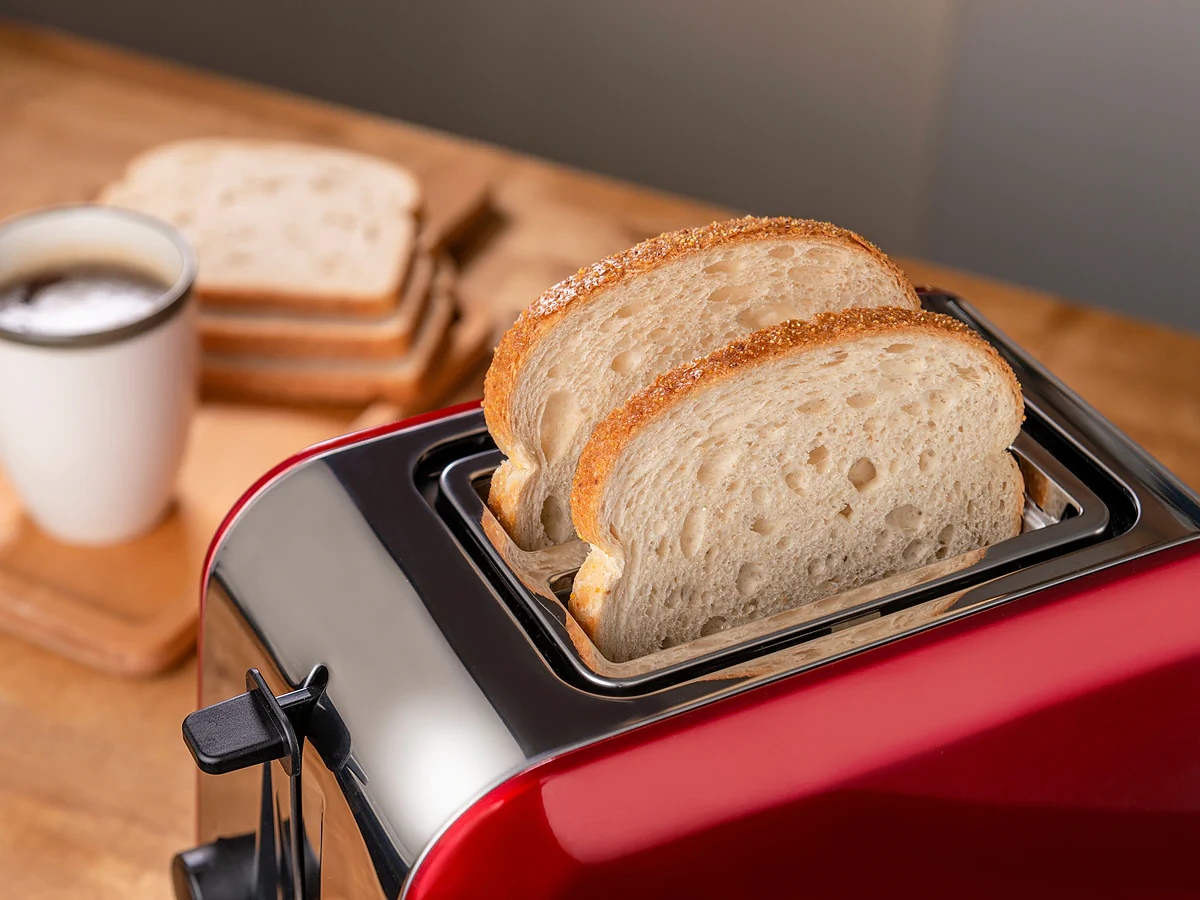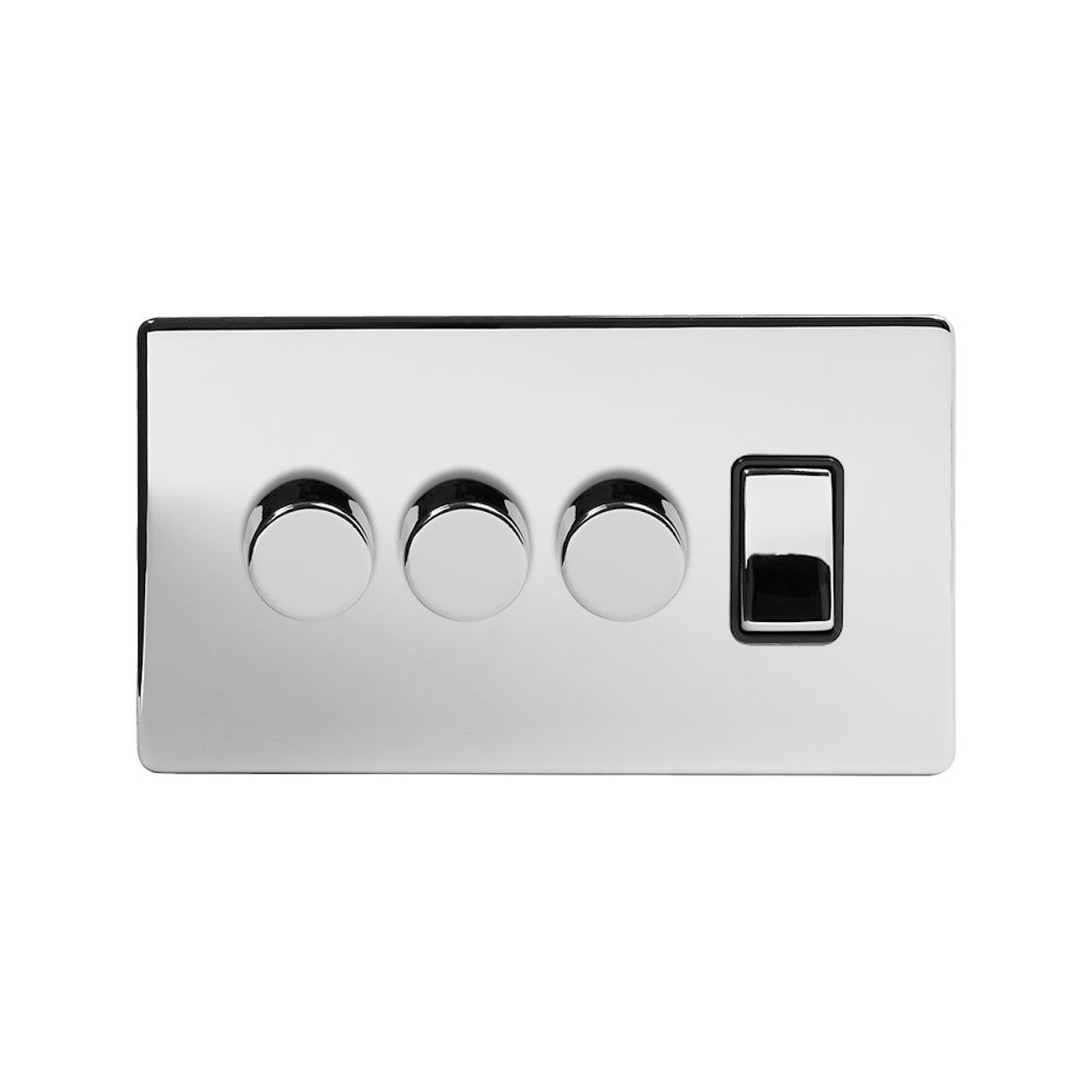Home>Gardening & Outdoor>Outdoor Entertaining>Which Type Of Food Would You Not Choose For A Picnic?


Outdoor Entertaining
Which Type Of Food Would You Not Choose For A Picnic?
Modified: October 20, 2024
Discover the best outdoor entertaining food options and learn which types of food to avoid for a perfect picnic. Plan your picnic menu with confidence!
(Many of the links in this article redirect to a specific reviewed product. Your purchase of these products through affiliate links helps to generate commission for Storables.com, at no extra cost. Learn more)
**
Introduction
**
When it comes to planning a perfect picnic, the choice of food plays a pivotal role in the overall experience. Picture this: a gingham blanket spread out on lush green grass, the sun shining, a gentle breeze rustling through the leaves, and a delectable spread of food laid out before you. The right selection of picnic fare can elevate the outing from enjoyable to extraordinary.
In this article, we'll explore the types of food that are best avoided when planning a picnic. Whether it's the risk of spoilage, attracting unwanted pests, creating a mess, or emitting strong odors, certain foods can detract from the idyllic ambiance of an outdoor gathering. By steering clear of these culinary culprits, you can ensure that your picnic is a delightful and memorable occasion for all involved.
So, before you pack your picnic basket and head out to bask in the great outdoors, let's delve into the types of food that are best left off the menu for this particular al fresco dining experience.
Key Takeaways:
- Choose picnic foods that won’t spoil easily, attract pests, or create strong odors. Opt for non-perishable, easy-to-eat options for a hassle-free and enjoyable outdoor dining experience.
- Prioritize foods that won’t create a mess and are easy to handle. Select items that won’t disrupt the serene ambiance of nature, allowing everyone to enjoy the picnic without any culinary distractions.
Foods with Strong Odors
Picture this: you're sitting on a checkered blanket, surrounded by the beauty of nature, and then, suddenly, a pungent aroma wafts through the air, overpowering the serene setting. Strong-smelling foods can quickly turn a pleasant picnic into an olfactory assault, disrupting the enjoyment of everyone in the vicinity.
When selecting foods for a picnic, it's wise to steer clear of items with potent odors. This includes dishes containing ingredients such as garlic, onions, blue cheese, or heavily spiced meats. These items not only emit strong scents but can also leave lingering odors on hands and breath, impacting the overall picnic experience.
Opt instead for fragrant-free options like fresh fruits, sandwiches with mild fillings, or salads with light vinaigrettes. These choices not only contribute to a more pleasant atmosphere but also allow the natural scents of the outdoors to take center stage, enhancing the overall sensory experience of the picnic.
By being mindful of the odors that certain foods bring to the table, you can ensure that your picnic is a feast for the senses in the best possible way, allowing the sights, sounds, and smells of nature to shine without any unwelcome olfactory distractions.
Foods that Spoil Easily
One of the key considerations when planning a picnic is ensuring that the chosen foods can withstand the outdoor elements without the need for constant refrigeration. Foods that spoil easily can quickly become a source of foodborne illness and spoil the enjoyment of the picnic.
Perishable items such as mayonnaise-based salads, dairy products, and seafood can pose a significant risk of spoilage when exposed to warm temperatures. Without proper refrigeration, these foods can become a breeding ground for harmful bacteria, leading to potential health hazards for picnic-goers.
Instead, opt for non-perishable or easily transportable foods such as cured meats, hard cheeses, fresh fruits, and vegetables. These options are not only less prone to spoilage but also require minimal preparation, allowing for a more relaxed and enjoyable picnic experience.
By being mindful of the perishability of certain foods, you can ensure that your picnic fare remains safe and delicious, free from the worry of potential spoilage. This allows you to focus on savoring the culinary delights and the beauty of the outdoor surroundings without any concerns about food safety.
Avoid bringing foods that can easily spoil or melt, such as dairy products like cheese and mayonnaise-based salads. Stick to non-perishable items like sandwiches, fruits, and vegetables to ensure food safety during your picnic.
Foods that Attract Pests
Nothing puts a damper on a picnic quite like uninvited guests of the insect variety. Certain foods have a knack for attracting pesky pests, turning a delightful outdoor gathering into a battle against unwanted intruders.
Sugary treats such as sodas, fruit juices, and desserts can draw the attention of bees, wasps, and ants, leading to potential stings and unwelcome interruptions. Similarly, open containers of sugary or savory snacks can attract flies and other insects, disrupting the peaceful ambiance of the picnic.
To mitigate the risk of pest infestation, opt for foods that are less likely to attract unwanted critters. Sealed containers of snacks, tightly lidded beverages, and foods with minimal spills or crumbs can help deter pests from crashing the picnic. Additionally, incorporating natural pest repellents such as citronella candles or essential oils can further enhance the picnic experience by keeping insects at bay.
By being mindful of the foods that are prone to attracting pests, you can create a more enjoyable and pest-free outdoor dining experience, allowing everyone to relish the culinary delights and natural surroundings without the unwelcome company of insects.
Foods that Are Messy to Eat
While a picnic is an ideal setting for indulging in delectable treats, it’s essential to consider the practicality of the chosen foods. Opting for items that are messy to eat can lead to accidental spills, sticky fingers, and overall dining discomfort, detracting from the enjoyment of the outdoor experience.
Foods such as dripping ice cream cones, saucy barbecue ribs, or crumbly pastries can pose a challenge when enjoyed in a picnic setting. Not only do they require additional cleanup and hand-washing, but they can also result in stained clothing and potential messes on the picnic blanket.
Instead, prioritize foods that are easy to handle and consume without creating a mess. Portable options like sandwiches, wraps, and individual servings of snacks not only minimize the risk of spills but also allow for a more seamless and enjoyable dining experience. Additionally, incorporating utensils and napkins can further aid in maintaining cleanliness and convenience during the picnic.
By being mindful of the potential messiness of certain foods, you can ensure that your picnic is a hassle-free and pleasurable affair, allowing everyone to savor the culinary delights without the concern of accidental spills or sticky situations.
Conclusion
Planning the perfect picnic involves more than just selecting delectable dishes; it requires thoughtful consideration of the types of foods that will enhance the outdoor dining experience. By avoiding certain culinary culprits, such as foods with strong odors, items prone to spoilage, pest-attracting treats, and messy-to-eat options, you can elevate your picnic to an idyllic and enjoyable affair.
Steering clear of foods with overpowering aromas ensures that the natural scents of the outdoors take center stage, enhancing the sensory experience for all. Choosing non-perishable and easily transportable options minimizes the risk of spoilage, allowing for a worry-free and safe dining experience. Opting for foods that deter pests ensures a pest-free picnic, allowing everyone to relish the culinary delights without the intrusion of unwanted guests. Lastly, selecting foods that are easy to eat without creating a mess contributes to a hassle-free and enjoyable outdoor dining experience.
By being mindful of these considerations, you can curate a picnic spread that not only tantalizes the taste buds but also fosters a serene and delightful ambiance, allowing everyone to bask in the beauty of nature without any culinary distractions.
So, as you pack your picnic basket and set out to savor the great outdoors, remember to choose your foods wisely, ensuring that they complement the splendor of the natural surroundings, and create a memorable and enjoyable picnic experience for all.
Frequently Asked Questions about Which Type Of Food Would You Not Choose For A Picnic?
Was this page helpful?
At Storables.com, we guarantee accurate and reliable information. Our content, validated by Expert Board Contributors, is crafted following stringent Editorial Policies. We're committed to providing you with well-researched, expert-backed insights for all your informational needs.















0 thoughts on “Which Type Of Food Would You Not Choose For A Picnic?”